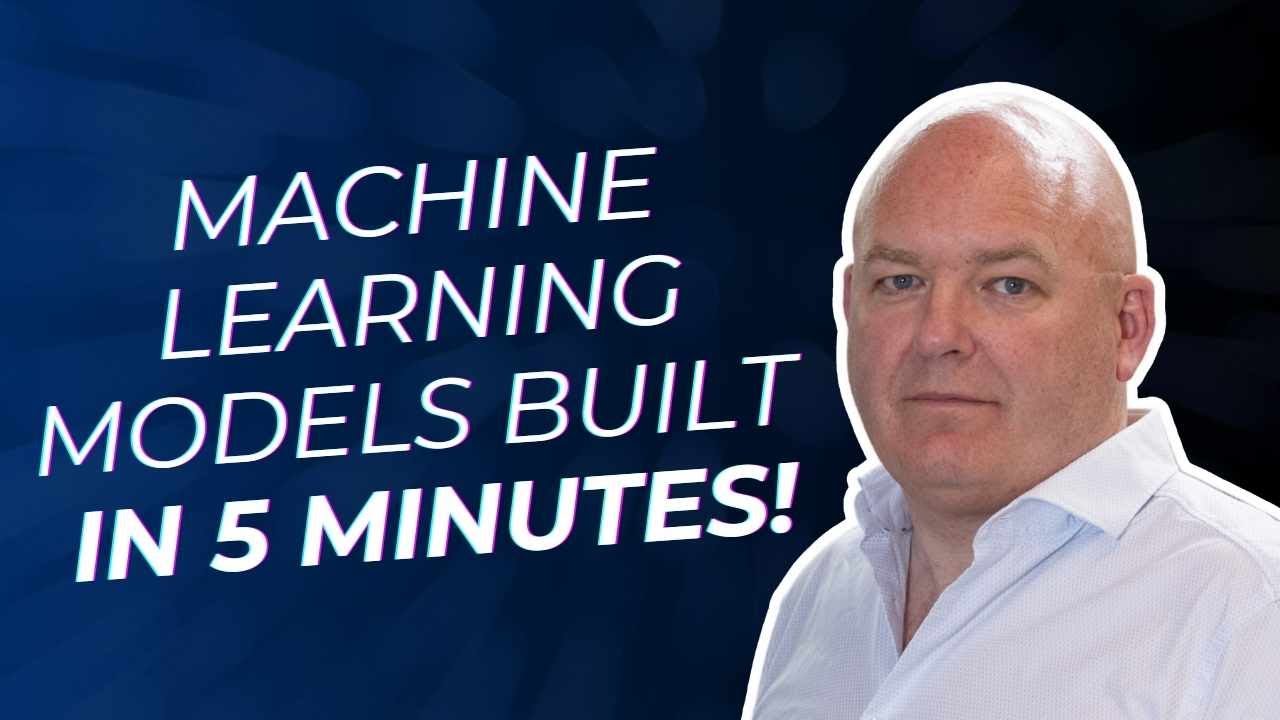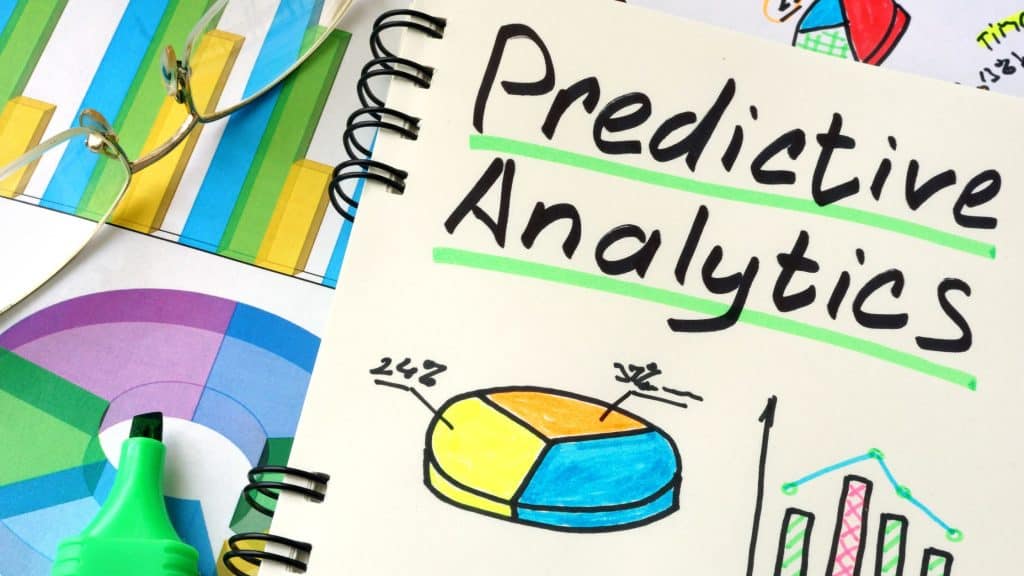Predictive Models for E-commerce are transforming how online retailers anticipate customer behavior and boost sales. As the founder of Graphite Note, I’ve witnessed firsthand how no-code machine learning solutions can simplify the entire process, letting teams focus on insights instead of complex coding tasks. In this post, we’ll examine several leading-edge models that can help businesses thrive in 2025 and beyond. You’ll discover the types of data needed, the approximate amount of information to gather, and why each method holds unique benefits for modern e-commerce.
The Power of AI in Online Retail
Artificial intelligence has given rise to a new era of insights, enabling retailers to forecast trends, segment customers, and optimize pricing. According to an article published by Forbes, AI-driven approaches allow businesses to anticipate consumer demand accurately while offering tailored shopping experiences. When integrated properly, these predictive models for e-commerce drive better customer loyalty, reduce costs, and minimize guesswork on inventory management.
Choosing the right models, however, depends on a few vital considerations:
• You need a clean, reliable dataset that tracks user behavior, historical transactions, website interactions, and demographics.
• The volume of data can vary, but in most cases, collecting at least a year’s worth of sales and user engagement data is ideal.
• It’s important to identify specific objectives, such as forecasting product demand or personalizing marketing campaigns.
Below, we’ll explore some of the most potent AI-powered models gaining traction in 2025. Each one serves a distinct purpose, and together they can help refine your strategic planning in the e-commerce space.
Demand Forecasting Models
Demand forecasting remains one of the most sought-after predictive models for e-commerce. By analyzing historical sales patterns and seasonal influences, these models gauge what products customers are most likely to buy. The result is less wasted inventory, more accurate ordering, and a balanced supply chain. For instance, a retailer might spot an uptick in sales every time a social media trend goes viral, then increase stock accordingly.
To get started, you’d gather historical sales data over multiple periods—often 12 to 24 months—to factor in seasonal variations. If you’re working with a no-code ML platform, you can import CSV files containing date, product ID, units sold, and any relevant external data such as holiday sales spikes. With enough historical data points, this model can learn and adjust forecasts even as market conditions shift.
Customer Lifetime Value (CLV) Prediction
CLV prediction is essential for online stores seeking long-term growth. By leveraging customer purchase history, average order value, and transaction frequency, you can estimate how much revenue a single customer will generate over time. Knowing which segments yield the highest lifetime value helps you optimize marketing budgets and tailor promotions to the most profitable cohorts.
For this model, data requirements typically include:
• Customer IDs tied to each order
• Total spending per transaction
• Number of orders over a specific period
• Demographic information (where available)
When you can quickly identify high-value groups, it becomes easier to decide which loyalty programs or discounts will keep them coming back. With no-code solutions, you simply upload these data fields, define your target (e.g., predicted total spend over 12 months), and let the model generate insights.
Product Recommendation Engines
Product recommendation engines have become a staple in e-commerce, but AI-driven versions offer far more nuanced suggestions. Instead of just showing items other customers bought, these algorithms use collaborative filtering, content-based filtering, or a hybrid approach to deliver highly personalized suggestions. The result can be a remarkable boost in cart size and user engagement.
To build an effective recommendation engine, gather data around browsing behavior, items viewed, past purchases, and overall user preferences. Many shops find that once they accumulate a few thousand transactions and user sessions, they can start creating robust personalized lists. In a no-code environment, you can often drag and drop your raw data, select the type of recommendation algorithm, and let the system iterate until it finds the best fit.
Real-Time Pricing Optimization
Price remains a defining factor for most online shoppers, which is why real-time pricing optimization is a game-changer. This type of predictive model harnesses current market data—competitor pricing, stock levels, and even consumer sentiment—to adjust product prices on the fly. By monitoring shifts in demand and inventory, it ensures you’re neither overcharging nor underselling.
Effective real-time pricing requires a constant stream of updated numbers, so plan on integrating data from various sources. You’ll typically want to feed in hourly or daily snapshots of website traffic, conversion rates, and competitor price lists. Even partial automation can make a noticeable difference in maintaining competitive yet profitable prices.
Churn Prediction Models for Retention
Another standout among predictive models for e-commerce is churn prediction. It identifies customers who might stop buying and suggests targeted interventions. By analyzing transaction frequency, time since last purchase, and even support ticket history, you can see warning signs early. This approach can help you take swift action, like offering a tailored discount or launching a retention campaign.
For data collection, focus on gathering logs of customer purchases, website interactions, and any support requests. While you don’t need a massive dataset to begin—perhaps six months of data—longer histories increase accuracy. The greatest advantage of churn prediction is that it spots opportunities to keep customers engaged, reducing the cost of acquiring new ones.
Dynamic Marketing Campaigns
AI-based models also excel at creating dynamic marketing campaigns. By combining demographic data, purchase histories, and browsing activity, these models figure out what message resonates with each customer segment. Imagine sending personalized emails that highlight new accessories for a shopper who only buys electronics, or recommending sports items for someone interested in fitness.
To implement this, feed the algorithm relevant customer attributes: age, location, last purchase date, and the type of products often viewed or purchased. Once these data points are loaded into a no-code ML tool, you can build audience segments automatically. Then, align your campaigns with what the model suggests for optimal reach. This leads to higher open rates and conversions.

Fraud Detection and Prevention
Online retailers handle a high volume of transactions every day, making fraud detection a top priority. AI-powered fraud detection taps into real-time analysis of user behavior, payment patterns, and location data to sense unusual activity. For instance, a sudden purchase of high-value items shipped to a country with a high fraud rate raises a red flag. The model then alerts your team or blocks the transaction outright.
You’ll need detailed records of past payments, including which ones turned out to be fraudulent. Adding IP addresses or device fingerprints enriches your input data, helping the system identify questionable patterns faster. Given that global e-commerce losses from fraudulent activities reach billions each year, integrating a robust fraud detection model is a smart, cost-saving strategy. According to a study by Juniper Research, proactive adoption of AI can dramatically cut these losses.
Benefits for Large and Small E-commerce Businesses
Both enterprise-level giants and small e-commerce ventures reap benefits from these predictive models for e-commerce. Larger companies typically have more customer data, allowing for higher-accuracy insights. Smaller stores, however, might stand out by delivering personalized service that bigger players often struggle to replicate at scale.
Regardless of size, no-code ML platforms reduce the technical hurdles. Non-technical staff can handle essential tasks—like creating models for segmentation or demand forecasting—without writing code. That freedom encourages faster experimentation, meaning you can test new strategies without draining IT resources.
Data Volume and Quality
While high-volume data is beneficial, quality is what truly drives results. A dataset riddled with duplicate or incomplete entries skews your models, even if it’s massive. Dedicate time to cleaning and validating input data to ensure accurate predictions. If you have limited historical sales records, consider combining external data sources, such as market trends or social media activity, to fill gaps.
It also helps to outline clear goals. Are you trying to reduce inventory holding costs? Improve your ad targeting? Identify high-value customers? A well-defined target determines what data to feed into the model, keeping your efforts on track.
Implementation Tips
• Start small. Choose a specific business question—like predicting demand for a single product line—and refine your approach before scaling up.
• Leverage no-code solutions. This frees up your team to concentrate on strategy while advanced algorithms do the heavy lifting.
• Iterate. Predictive models improve over time, especially as they receive regular data updates and feedback.
• Stay compliant. Respect user privacy and follow regulations like GDPR or CCPA when gathering data.
Looking Ahead to 2025
The growth of predictive models for e-commerce shows no signs of slowing down. In 2025, expect more specialized algorithms designed to tackle niche problems, like hyper-personalized product bundles or even AI-driven customer service chatbots that anticipate issues before they escalate. Forward-thinking retailers will integrate these solutions into a single platform—combining forecasting, segmentation, pricing, and churn reduction into a seamless workflow.
Wrapping Up
Putting these seven AI-powered models into practice can supercharge your e-commerce operations. With a strategic mix of demand forecasting, CLV prediction, product recommendations, real-time pricing, churn prediction, dynamic marketing campaigns, and fraud detection, you can rise above the competition. Keep your data clean, select reliable no-code ML tools, and stay open to experimentation. By doing so, your business will meet the evolving challenges of 2025 with confidence and agility.
If you’d like a deeper dive into any of these tactics, feel free to explore industry case studies from reputable sources like McKinsey for further research and inspiration. These techniques are reshaping how online retailers understand consumer behavior, paving the way for smarter, faster, and more profitable decisions.





